Bachata
Bachata emerged in the 1960s in the rural areas of the northern Dominican Republic. The songs are slower paced and derived from the Cuban music Bolero, mainly accompanied by traditional guitars.
The bachata dance styles of today can be broadly divided into three groups:
Dominican (Traditional) Bachata: Mainly influenced by bolero, Cuban Son and Merengue, the music is usually fast, and the dance steps change to interpret different rhythms. The original basic step is derived from Bolero, which is a box step on 8 beats, but later it was also influenced by Salsa and Merengue and evolved the basic step of moving left and right, and slowly began to add some circular movements. Alex y Desiree are representative of this style.
Bachata Moderna: During this period, Bachata featured elements of other Western music, such as hip hop, R&B, pop, etc. With the evolution of music, the Bachata dance style at this time gradually developed into different fusion styles. The dancers Ataca y la Alemana are representative of this style.
Sensual Bachata: The rhythm is lyrical and slow. The founders are Spanish dancers Korke & Judith. Based on the original Bachata, it incorporates some elements of Zouk, Ballroom, and modern dance. It features more body movement and isolation with a romantic music style. There is more space for girls to show sexy and charming body lines, and the swing of the hips is like an arc-shaped figure of 8. This dance style is very popular in Europe. Although many events and parties feature Salsa and Bachata together, Bachata dancers have their own international events and competitions. Bachata in recent years has become hugely popular across the world, including in Asia.
Bachata Classes
Calendar | Weekly Schedule
Our Instructors
Bachata | Zouk | Salsa
Beginner | Solo | Partnerwork | Choreo
Monday | |
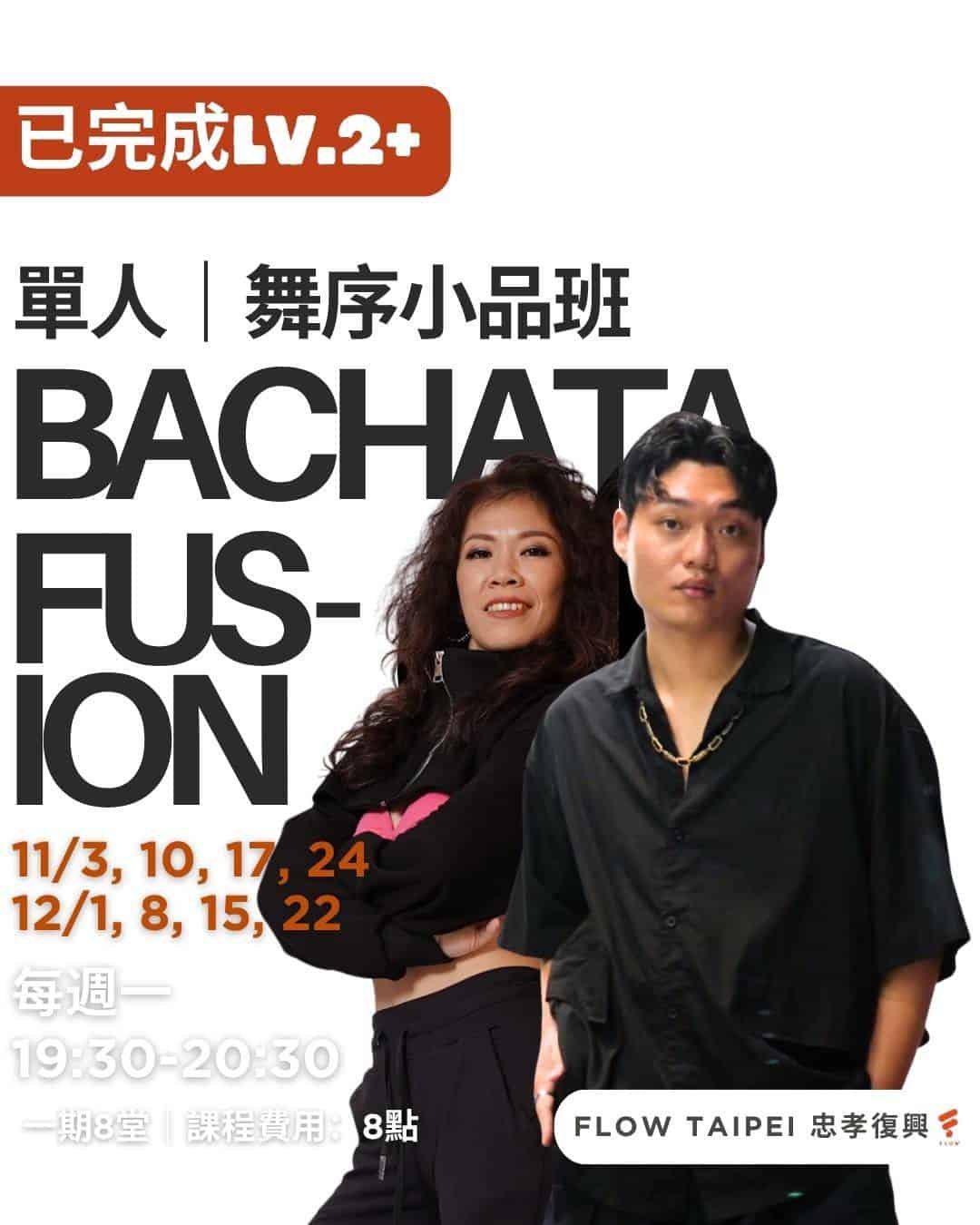 Practice- Bachata Fusion Solo Choreo 單人舞序小品班 Neil & Mandy Bachata - Need Approval 需要老師批准 - Monday 19:30 - 20:30 |
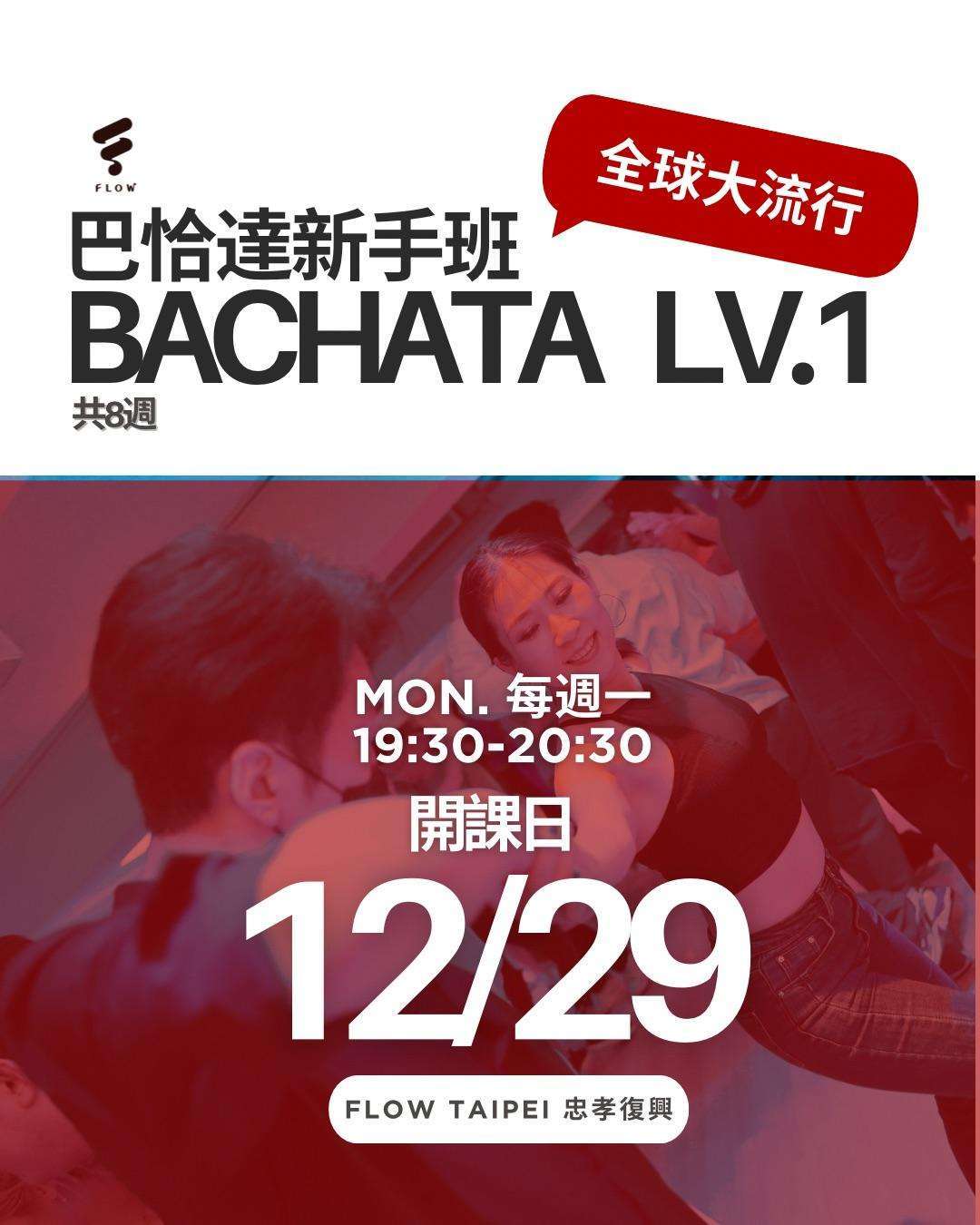 Bachata Level 1 Sam & Ester Bachata Monday 19:30 - 20:30 |
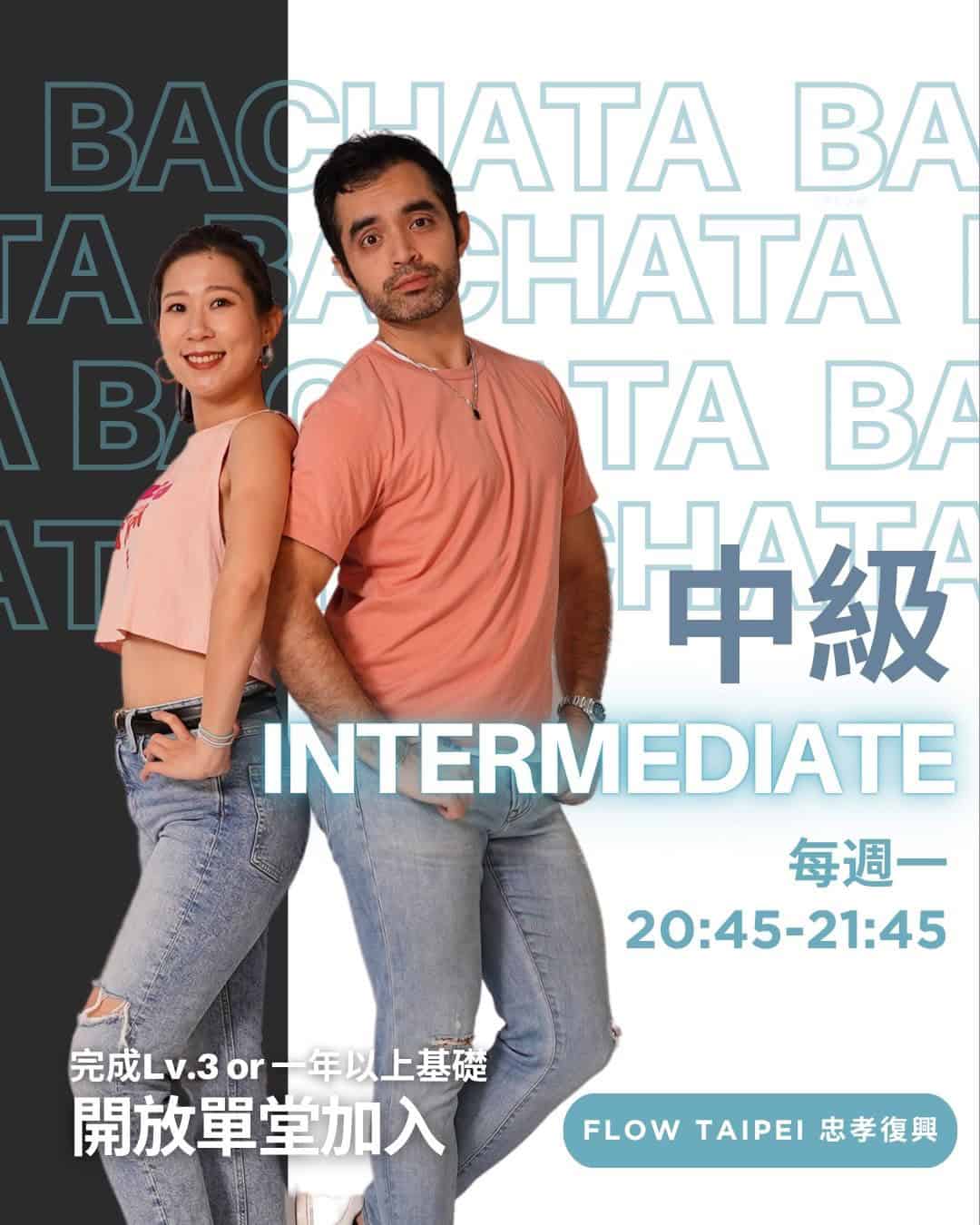 Bachata Intermediate Fiona Bachata Monday 20:45 - 21:45 |
 Bachata Level 2 A Zhen & Ester Bachata - Need Approval 需要老師批准 - Monday 20:45 - 21:45 |
Tuesday | |
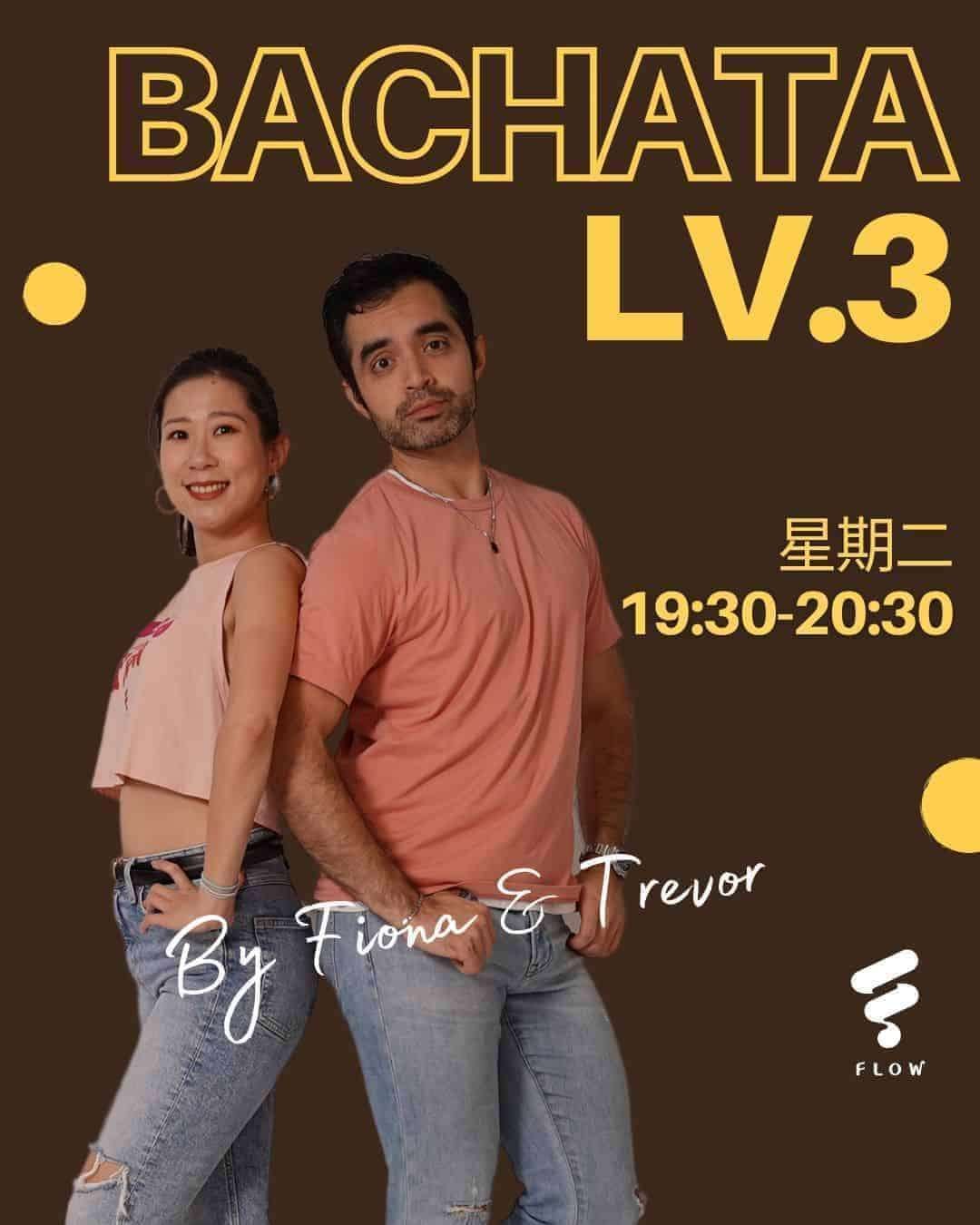 Bachata Level 3 Fiona Bachata * 開始 2025-12-30 * * Must sign up for full course * - Need Approval 需要老師批准 - Tuesday 19:30 - 20:30 |
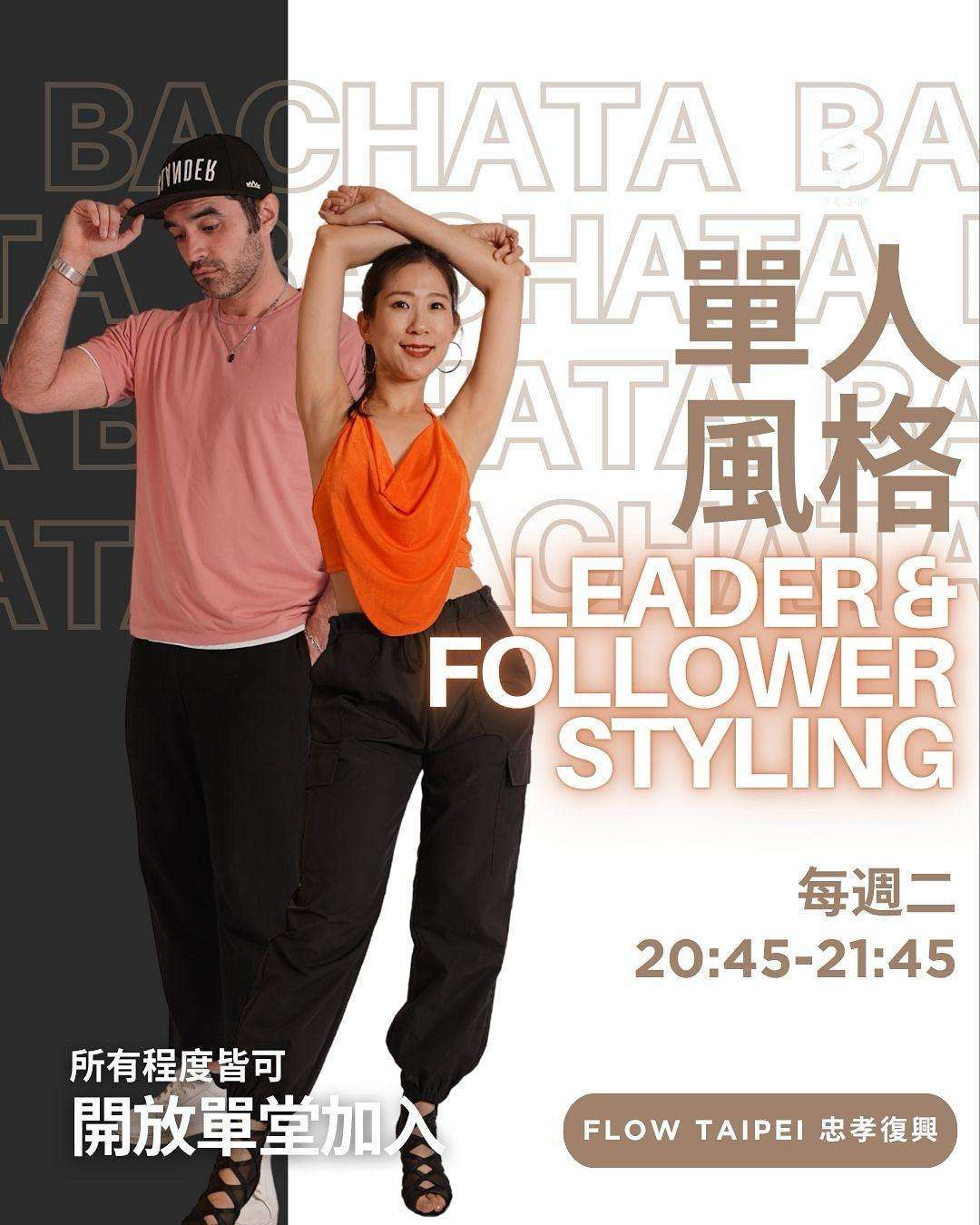 Bachata Solo Styling Fiona Bachata Tuesday 20:45 - 21:45 |
Friday | |
 Bachata Trendy Social Moves With Tips 舞池流行招式 Fiona & Junyan Bachata Friday 19:30 - 20:30 |
|
Sunday | |
 J&f Bachata Performance Team雙人舞序班 Fiona & Junyan Bachata * Must sign up for full course * Sunday 15:00 - 16:30 |
|